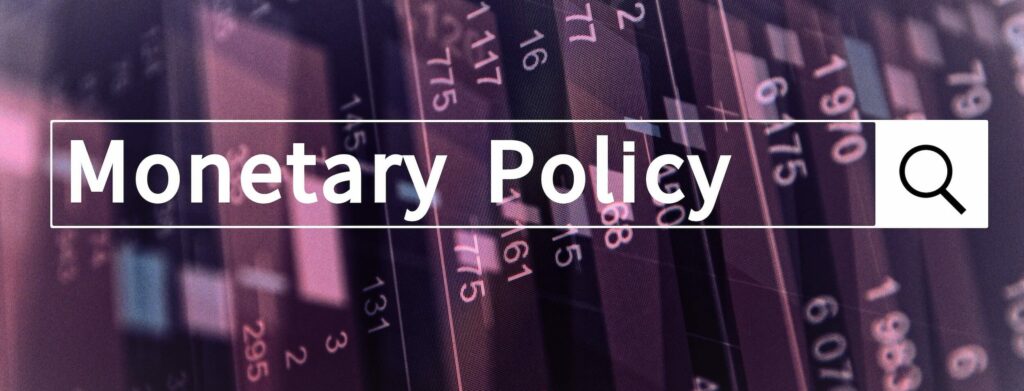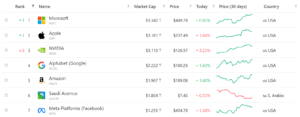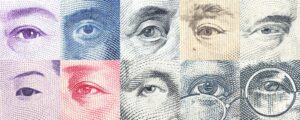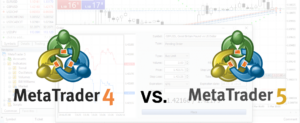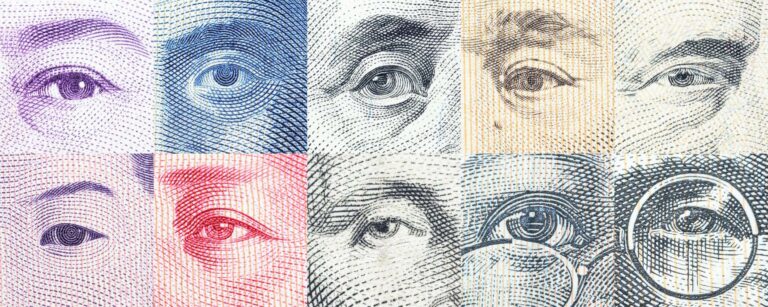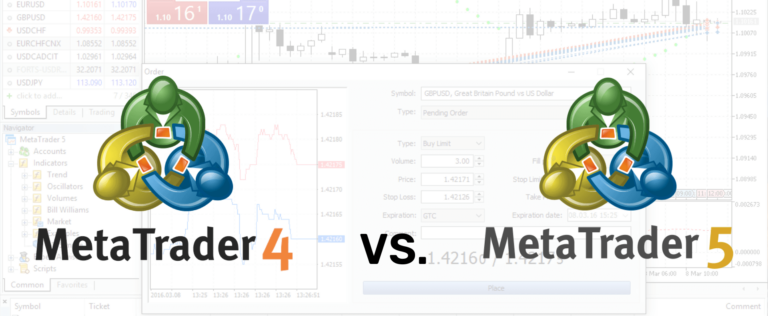The Forex markets are affected by many different factors, with currency pairs impacted by:
- the individual strength of the two economies in the currency pair
- the relative strength of the two economies in the currency pair
- The economic and sentiment data for these economies (which echo the current state of the economies), such as Gross Domestic Product (GDP), inflation, unemployment, etc.
- The political and geopolitical landscape
- Monetary policy
Although this is not an exhaustive list of factors, these are the main drivers of the Forex markets, and we are going to take a closer look at the impact of monetary policy on the Forex markets. We will look at:
What Monetary Policy is
Monetary policy is a set of economic tools, most often controlled by a country’s central bank (on behalf of the government), that are used to keep inflation under control and ensure sustainable economic growth. Overall, monetary policy is the control of an economy’s money supply that is available to many parts of the economy, including consumers, corporates and the banking sector. By adjusting these various tools (that we will explore below), the central bank is able to influence the economy in order to ensure steady growth rates.
Types of Monetary Policy
The monetary policy falls into two main categories, expansionary and contractionary.
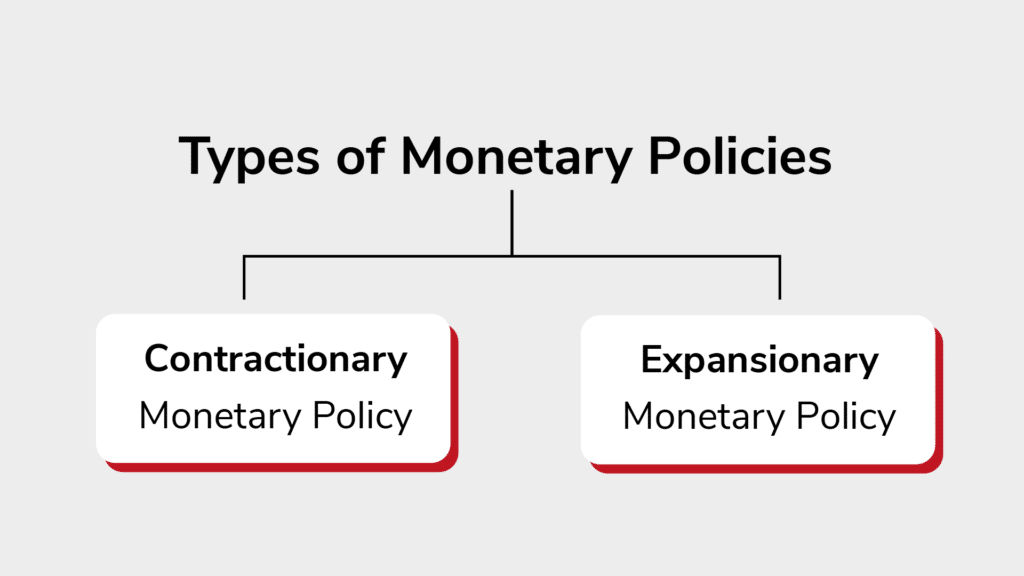
Expansionary Monetary Policy
If economic growth is slowing down with the threat of higher unemployment and a potential recession, and given inflation rates are low and not rising, then a central bank will likely follow an expansionary monetary policy with the aim of expanding economic growth and activity. As an example, most of the major global economies have followed an expansionary monetary policy approach since the 2008 global financial crisis.
Contractionary Monetary Policy
If an economy is overheating, if economic growth is too strong, unemployment is very low, and there is a threat of rising inflation rates, which for most central banks is a core target to keep inflation rates low, usually below 2.0%. In this scenario, the central bank would likely follow a contractionary monetary policy approach, looking to slow down economic growth in order to ensure inflation rates do not start to climb significantly higher.
Monetary Policy Tools
But how do central banks, on behalf of governments, achieve these expansionary or contractionary monetary policy goals? They have numerous tools at their disposal, of which the main three are changing interest rates, quantitative easing and changing bank reserve requirements. We will look at each of these in turn.
Interest rates
The primary monetary policy tool at the disposal of global central banks is changing the interest rate. In most countries, the central bank controls the interest rate that it lends to commercial banks as a lender of last resort (in the US for example this is known as the discount rate). Changing this interest rate most often has an impact on the interest rate that commercial banks lend to and borrow from their customers.
Quantitative easing
Another tool that has become commonplace in the 21st century is quantitative easing. To simplify, this is when a central bank operates in the short-term bond market by buying and selling assets. The central bank effectively adds money into the banking system by buying assets, and in turn, banks respond by loaning money at lower rates. Or it removes money by selling assets leading to higher rates.
Bank Reserve Requirements
Central banks also have control of bank reserve requirements. These are funds that commercial banks must hold as a proportion of their total customer deposits, to meet their liabilities. Raising reserve requirements restrains bank lending and is a contractionary policy. Lowering reserve requirements releases capital and is an expansionary policy.
How Monetary Policy affects the FX markets
The various monetary policy tools have distinctive impacts on currencies, but overall if a policy tool is being used and is expansionary for the economy, it usually causes the currency to weaken, the currency will likely fall in value against other currencies (all else being equal). This is because of two factors that complement each other.
Firstly, the reason that the expansionary tool is being used is that the economy is slowing or indicating the potential for a future slowdown, and there are concerns from the central bank that economic growth is going to move below optimal levels. Lower growth rates make the economy less attractive to invest in; hence the currency falls in value against other currencies.
Secondly, lower potential interest rates in that country’s economy are also less attractive for investors and, again a reason for the currency to fall.
Conversely, if a policy is seen as contractionary, it is usually positive for the currency, and will see that currency appreciate against other currencies (again, all else being equal). Again, this is due to two factors.
A contractionary tool highlights a strong economy that may however be at risk of overheating, but still highlights strong economic growth and attractiveness to investors and is positive for the currency. Higher interest rates are also a positive for investors, again encouraging a stronger currency.
This is best summed up below.
| Policy tool | Expansionary/Contractionary | Likely currency outcome |
|---|---|---|
| Interest rate rise | Contractionary | Currency rises |
| Interest rate cut | Expansionary | Currency falls |
| Reduced quantitative easing | Contractionary | Currency rises |
| Increased quantitative easing | Expansionary | Currency falls |
| Higher reserve requirements | Contractionary | Currency rises |
| Lower reserve requirements | Expansionary | Currency falls |
Takeaways
In summary, the main takeaways are:
- There are many factors that affect the Forex markets, one of which is monetary policy.
- There are two main types of monetary policy, expansionary and contractionary.
- There are three main monetary policy tools; interest rates, quantitative easing and bank reserve requirements.
- These different tools have different impacts on currencies, but a general rule of thumb is that if a policy is seen as expansionary for the economy, it is usually negative for the currency and will see that currency fall in value against other currencies (all else being equal). Conversely, if a policy is seen as contractionary, it is usually positive for the currency and will see that currency appreciate against other currencies (again, all else being equal).

